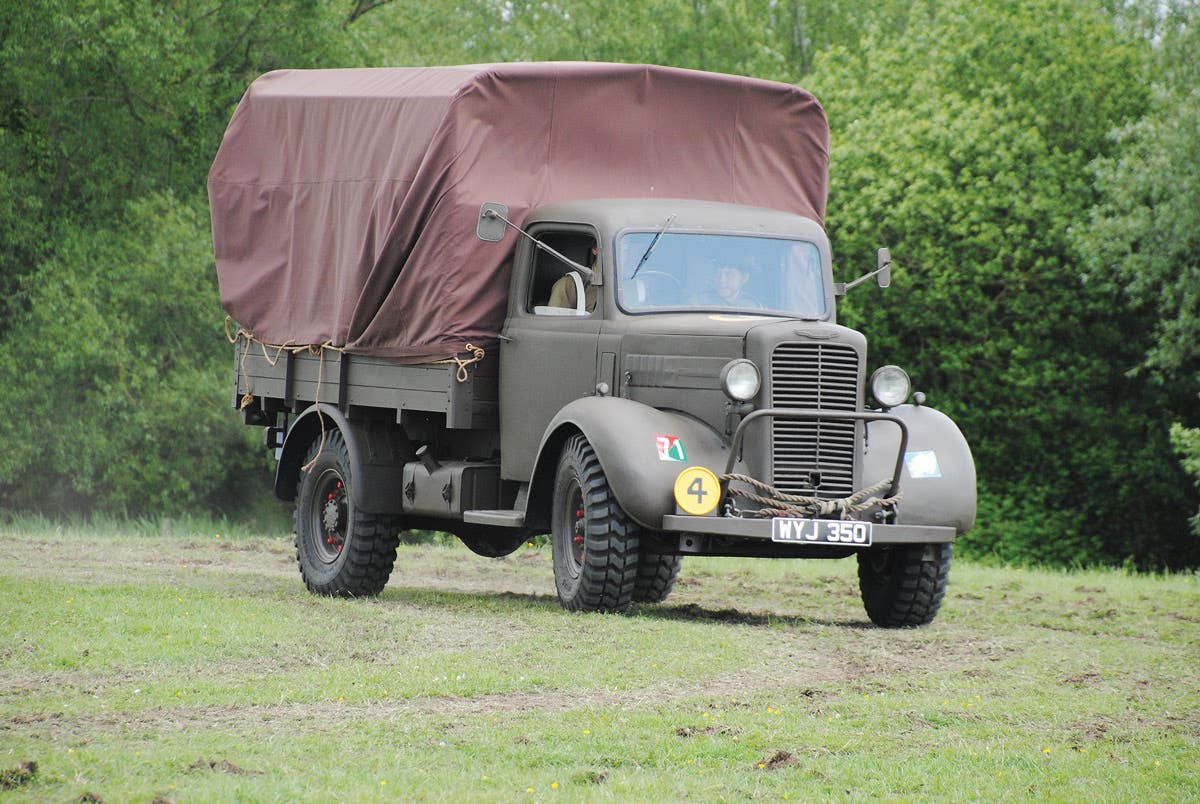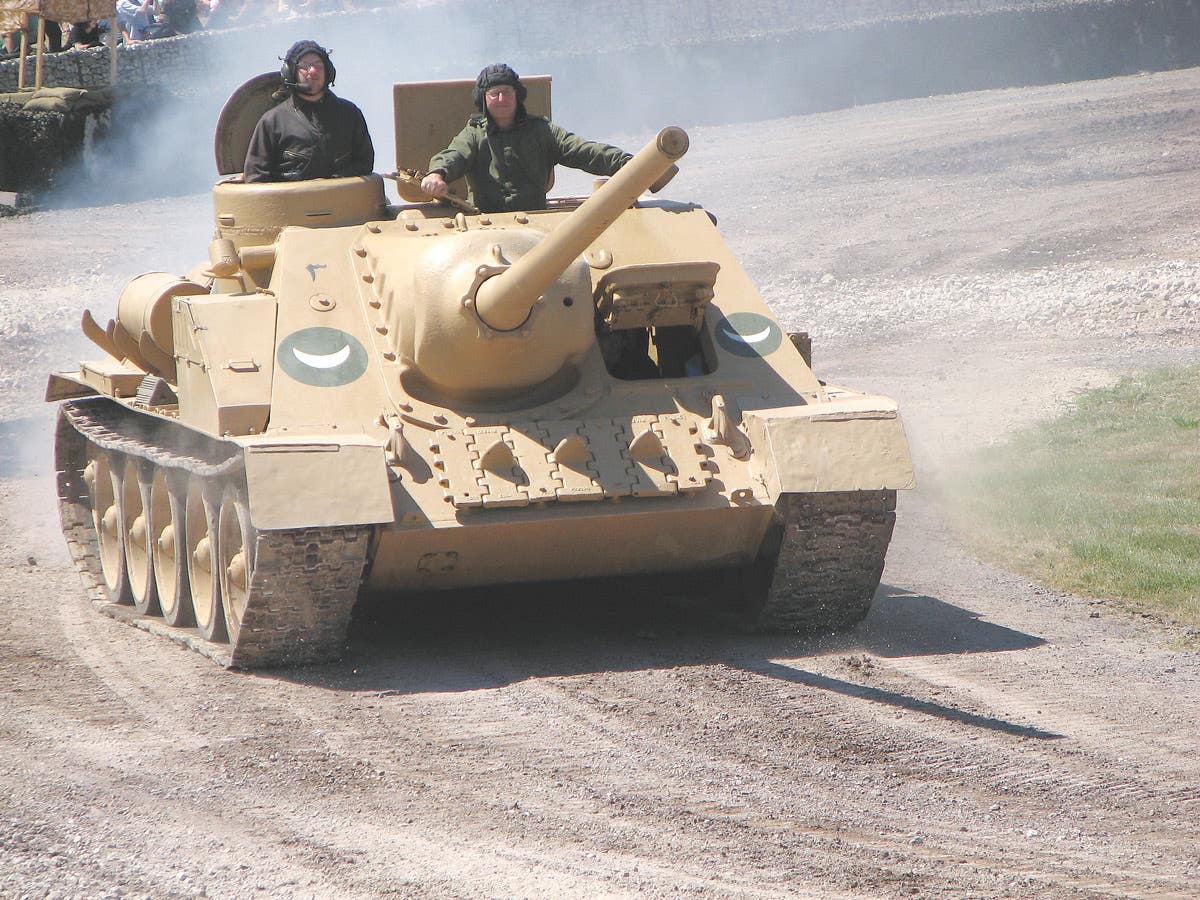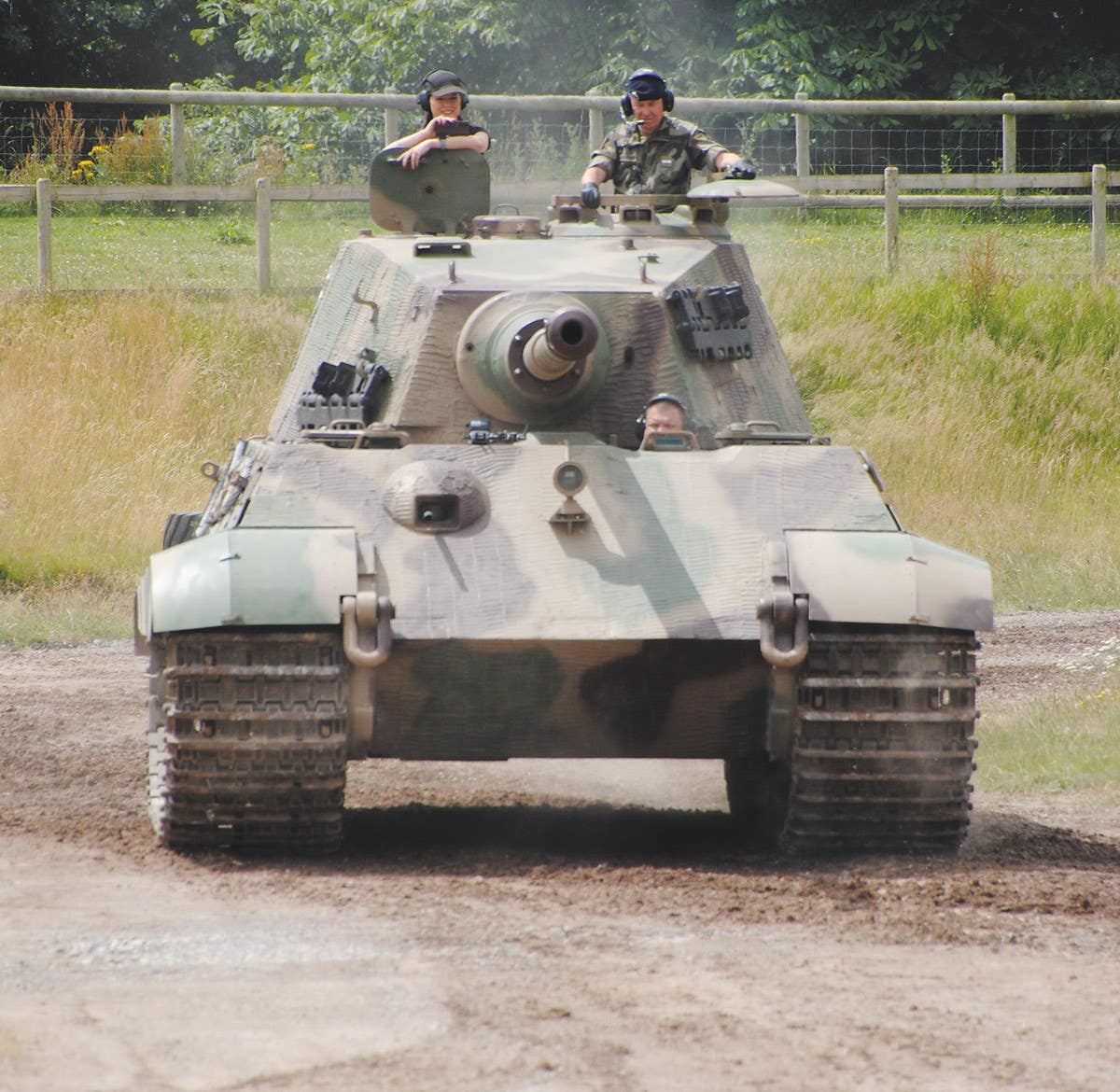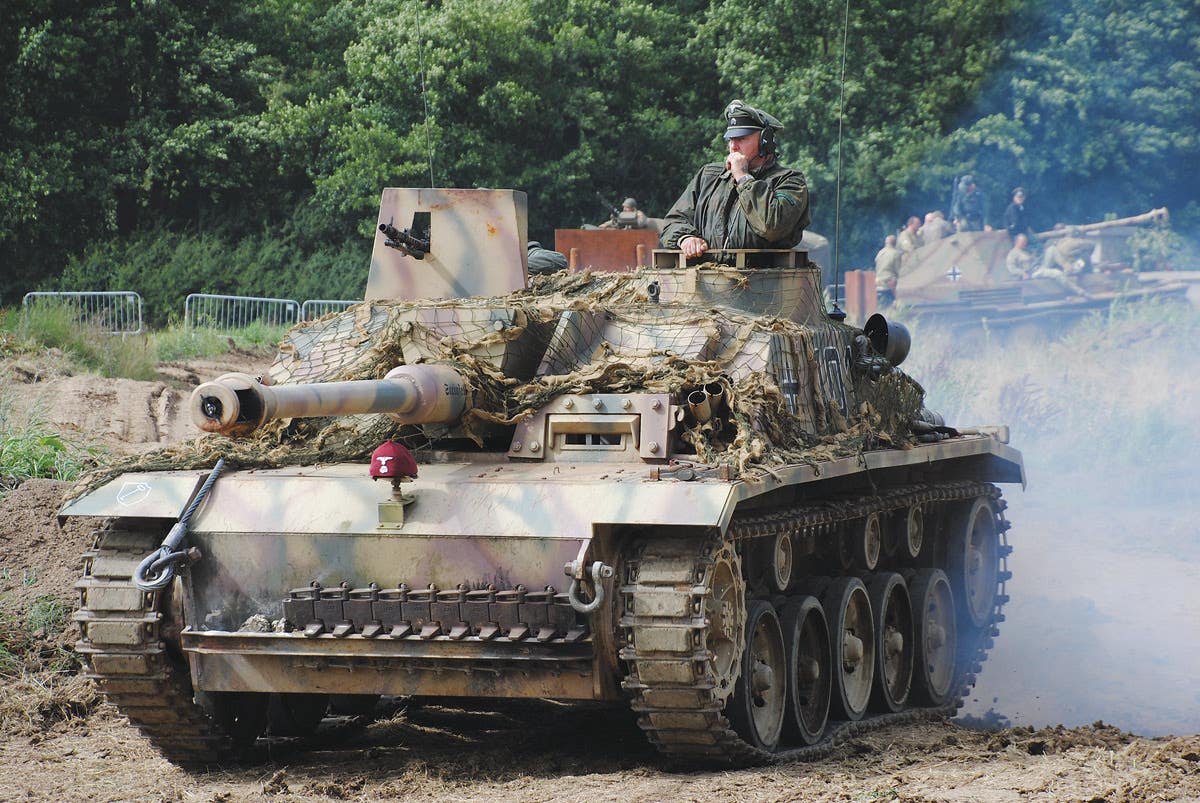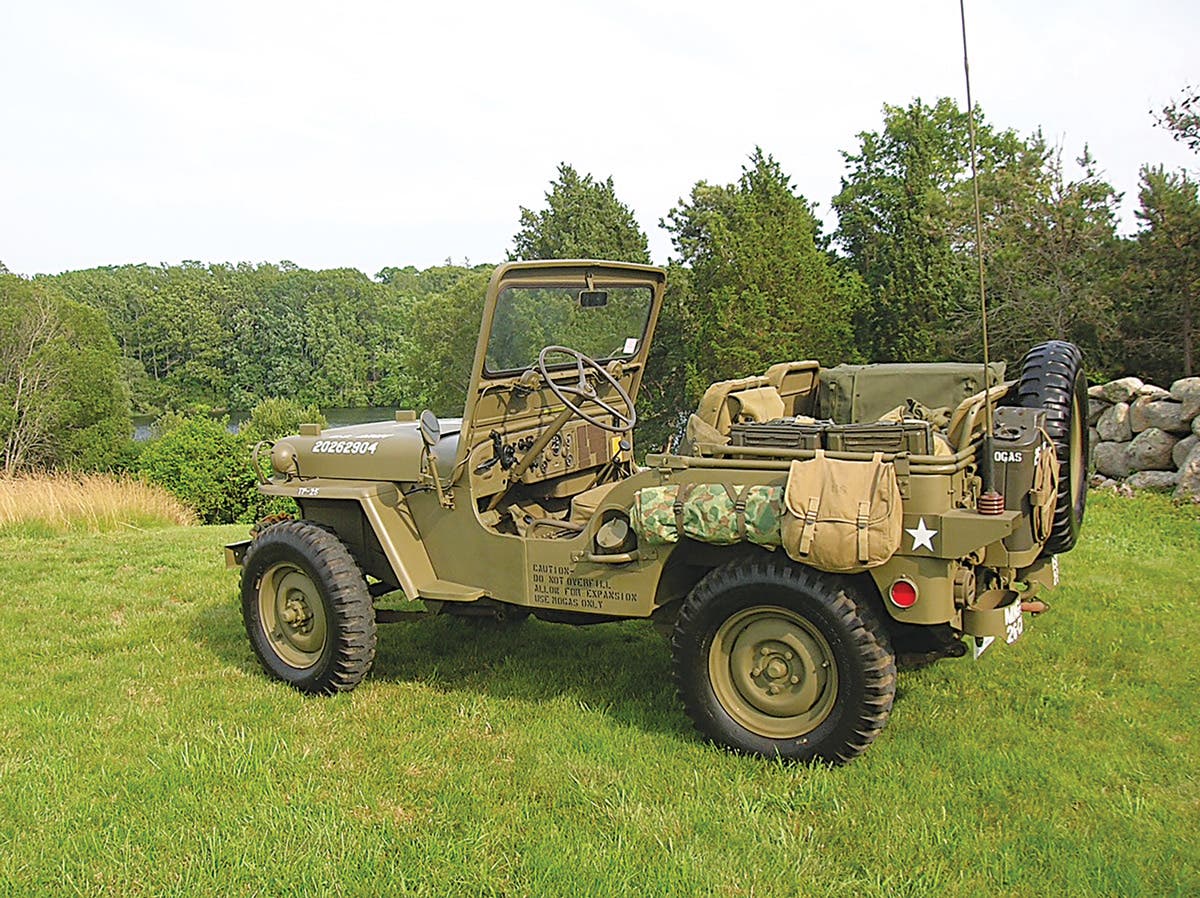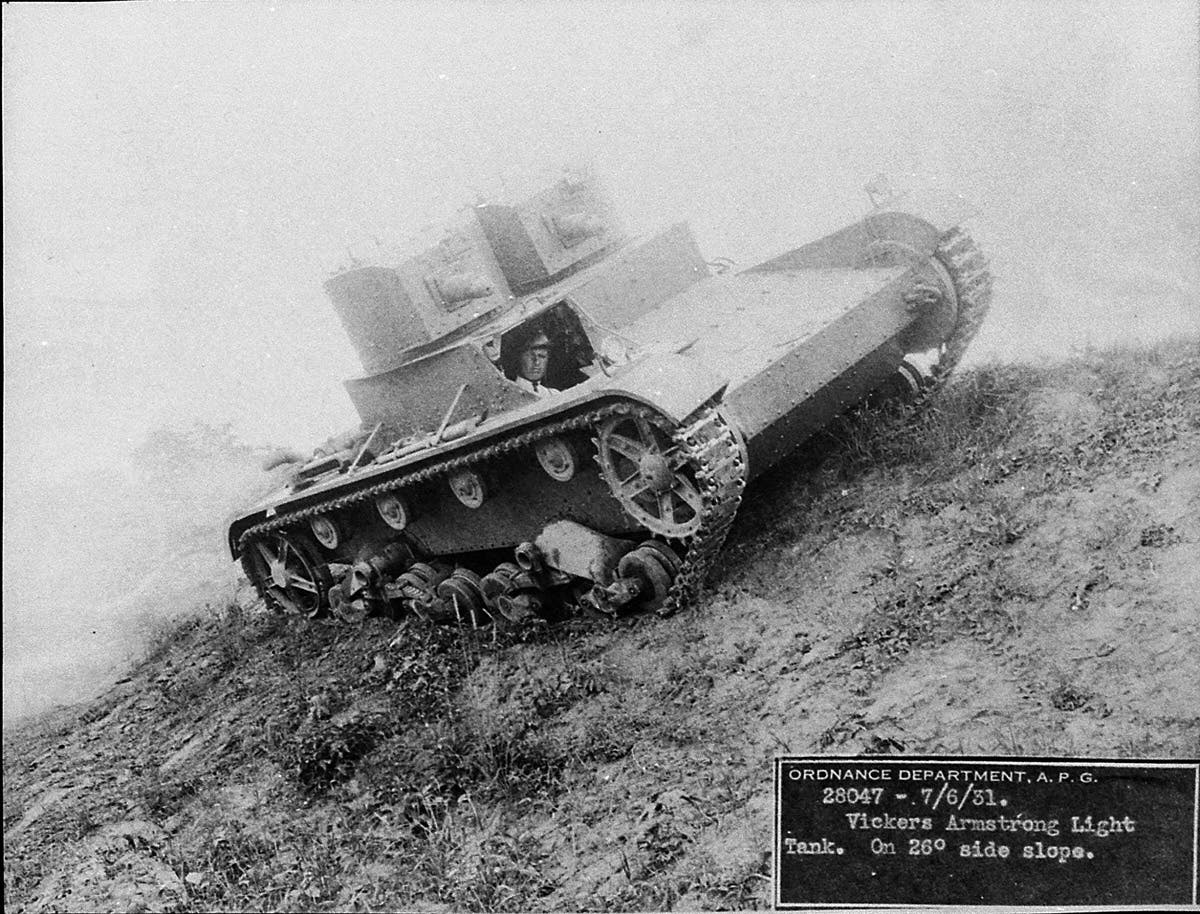Were Willy’s FC Jeeps too ‘forward’ for the military?
Taking a look at the history behind the Willy’s FC Jeeps
Not many people who collect, restore, drive, or just love old cars, trucks, or military vehicles would argue that the 1950s and ‘60s were some of the most innovative years for the U.S. automotive industry. Besides the “Big Three” (Ford, Chrysler, and GM) there were other contenders vying for a share of what was basically a captive market — or, at least, a market that seldom looked beyond its own borders. Of these, most notable were Studebaker, Hudson, Packard, American Motors (Rambler), and Willys-Overland. Foreign cars were a fairly rare sight in the U.S. back then, and most seemed tiny, funny-looking, and fragile. American cars and trucks were the standard of the world in many ways, including design and durability.
Most baby boomers will recall when new American cars were advertised, the manufacturers touted them as being “longer, lower, and wider” than the previous year’s model. The philosophy about engines seemed to be, “bigger is better.”
Many folks also remember that those were the days of cheap gasoline. I recall one independent station in Fresno, California, where the price was as low as 24.9 cents per gallon. Yes, inflation has a lot to do with how much more everything seems to cost nowadays, and 25 cents in 1960 would equal about $2.25 today, but that’s still a lot cheaper than most current gas prices.
SLOW TO CHANGE
In general, the American public has been hesitant to accept new concepts when it comes to their automobiles and trucks: the Chrysler Airflow comes to mind, as do Tucker and Crosley cars, or even the little Nash Rambler or the Studebaker Avanti.
Those familiar with U.S. trucks of the early 1950s may recall that while the pickups and medium-size commercial vehicles of the Big Three had wide running-boards and narrow little cabs, the Studebaker trucks of this period had no exterior running-boards and wider and roomier cabs. People didn’t flock to buy Studebaker trucks.
However, when the Big Three dropped external running-boards and widened the cabs on their trucks in the late 1950s, people seemed to think this was a new concept. Few acknowledged that Studebaker had already done that years before.
The running boards and wide cabs are good examples of ideas being ahead of their time. Simply put, in the early 1950s, the American public seemed to think trucks should have external running-boards and narrow cabs. They weren’t ready to accept a truck without them. The same sort of thing has applied to many other practical and innovative automotive concepts, including the Willys Forward Control Jeep vehicles.
LOOKING FOR A POST-WAR MARKET
Willys Motors had prospered during WWII with its amazing Jeep.After the war, however, Willys found itself in competition with itself. Its new civilian jeep, the CJ2A, was competing for sales with thousands of war surplus jeeps flooding a rather limited market. Furthermore, the CJ2A did not offer many new features over its wartime counterpart that would have enticed civilians to buy it for more money than an old Army Jeep. Indeed.
You see, except for being non-militarized in regard to blackout lights and electrical components, early CJ2As were almost totally stock MBs. Very early models even used the MB’s small 4-1/2 inch recessed headlamps! Even after the switch was made to externally-mounted 7-inch, sealed-beams, the parking lights were simply military convoy lamps fitted with clear lenses. Early CJ2As sported the same shovel and axe indentations on the body of the military version, although the tools weren’t included.
About the only new features on the CJ2A were the tailgate and exterior gas filler pipe. The addition of the tailgate required that the spare wheel be relocated to the rear right-hand corner of the body. Not only was the mount notorious for cracking and breaking off, it increased the overall width of the vehicle. Further limiting the CJ2As appeal, Willys forgot an important feature that most of the American public wanted in a vehicle — a glove box (though their military models had them).
SHIFTING GEARS
Undeterred, Willys attempted to attract more Jeep buyers by coming out with a slightly improved version the CJ3A. But the improvements were mostly cosmetic: a taller windshield with one sheet of glass, and civilian-style parking lamps. But still no glove box!
Willys also tried an optional column-shifter to replace the floor stick — which seemed silly, considering the transfer-case levers were still on the floor. Regardless, consumers didn’t seem to want this feature on what was mostly regarded as a farm, ranch, or work vehicle.
Like many column-shifters of the period, the CJ3A’s tended to jam when going from first into second gear. As a result, this option wasn’t frequently ordered , except on the two-wheel-drive Dispatcher models that were purchased as cheap, practical utility vehicles by various municipalities, the government, and police departments for “meter-maids.”
THEN WILLYS WENT TRUCKIN’
The sales of Willys automobiles, such as the Henry J, had never been spectacular, so Willys came out with a line of Jeep trucks and a station wagon. These vehicles capitalized on the Jeep’s wartime fame through flat front fenders and jeep-like barred grilles.
The Willys trucks were the first line of light vehicles offered in the U.S. with factory four-wheel-drive. Immediately, they attracted a small, but substantial following among farmers, ranchers, contractors, and people who lived in rural areas.
The boxy Willys station wagon also found a degree of popularity with ranch, farm, and rural families who weren’t afraid to trade current automotive streamline style for useful practicality. Hunters, fishermen, campers, and other outdoor individuals also found the concept of a four-wheel-drive station wagon appealing, even though public interest in recreational off-roading was almost nonexistent in the 1950s and early 1960s.
Both the pickup and the station wagon could be ordered with conventional two-wheel-drive, though most customers seemed to feel that if they were going to buy a rather unstylish vehicle compared to what other manufactures were offering, then it should be able to do something special, like climb a mountain.
This same philosophy seemed to apply when Willys introduced its Jeepster. It seems odd that Willys didn’t equip this bizarre-looking roadster with four-wheel-drive, or at least, offer it as an option. The public stayed away in droves.
Ironically, when Willys/Kaiser re-introduced a Jeepster in the late 1960s, it did have four-wheel-drive. Because of that, it proved to be relatively successful.
BACK TO BASICS
After Willys survived its Jeepster mistake, it returned to improving the CJ. When it unveiled the CJ3B, the improved Jeep featured a new engine: the 134 Hurricane. This was an F-head engine as opposed to the previous L-head. It produced 72 horsepower at an optimistic 3600 rpm, and was a considerable improvement over the flathead.
However, the new engine was taller than the L-head, forcing designers to raise the hood and cowl of the previous CJ3A’s body. Some folks think this looks odd, but I’ve owned a couple of these jeeps and found their appearance grows on you. “Tall hood” jeeps have their own following among enthusiasts.
GOVERNMENT CONTRACTS KEEP THE LIGHTS ON
A major force keeping Willys afloat to explore new concepts was the government contract for the M38 Jeep —basically, a militarized version of the CJ3A. Adding to the Willys coffers were the Jeeps being built under Willys license in many other countries, such as Japan’s Willys/Mitsubishi CJ3B-J4 or India’s Mahindra Jeep.
Many people wonder why Willys jumped from the CJ3B to CJ5 with nothing in between. The fact is, there was a CJ4. It was built in India by Mahindra and was virtually identical to the CJ3B, although with a shorter wheelbase.
By the mid 1960s, the Willys factory was also producing M606s. Basically a militarized version of the CJ3B, Most M606s were either exported to or built in other lands. Those used by the U.S. military generally went to the US Navy. Many were outfitted with tactical gear, including blackout lamps and lifting shackles, but others were simply stock civilian CJ3Bs.
Willys kept plugging along on the sales of its CJ3B, Jeep trucks and station wagons to the civilian market, adding new models, refinements and options from time to time, along with its military sales of the M38 and M606. Willys also built M274 Mules for the U.S. military.
An addition to its line in the early 1950s was the CJ5, and also the long wheelbase CJ6. These vehicles became the military M38A1 and the M170 ambulance, respectively. Willys built both the CJ3B and the CJ5 simultaneously, and either could be ordered.
Its DJ Dispatcher models continued to be popular with various municipalities and other domestic government agencies. We’re all familiar with the ubiquitous Postal Jeep, what was basically a box on wheels for the US Post Office. You’ll still see a few of these doing service as ice-cream and food trucks.
INGENUITY MOVES FORWARD
In 1956, Willys commissioned the famous American industrial designer, Brooks Stevens, to design a line of “forward control cab-over-engine” Jeep vehicles. That name might not ring a bell to a lot of folks under fifty, but among Brooks Stevens’ many design accomplishments was the 1939 Steam-O-Matic iron, the l948 Harley-Davidson, the 1955 Evinrude Lark outboard motor, the Lawnboy lawnmower, as well as the Miller High Life logo. He also had a hand in designing the DUKW.
Interestingly, this wasn’t the first time Willys had enlisted the services of Mr. Stevens. He had also designed the ill-fated Jeepster— though it wasn’t his fault that Willys didn’t offer it with four-wheel-drive.
In November 1956, the Willys introduced the FC-150 to the public. The reaction was mixed. Except for heavy and medium-duty trucks, this was the first U.S. vehicle to feature such a design. About the only comparable vehicle in the U.S. at that time — and in very small numbers — was the Volkswagen Transporter. The German counterpart wouldn’t gain wide popularity (or disdain, depending upon one’s political beliefs) until the hippies adopted them for transport during the mid 1960s.
It’s tempting to say that some of the FC-150’s design features were lifted from the VW bus. In reality, the nearly horizontal steering wheel and plain-Jane dashboard are common to many cab-over-engine vehicles. There was also small English vans tootling about in the U.S. known as Thames Freighters that shared many features with the VW, save for the rear-mounted engine. Also, Land Rover came out with a cab-over-engine model about this time.
There’s no denying that the FC-150 was an innovative vehicle for its day. For one thing, it made practical use of all available space. The cab was large and roomy, and the bed was a bit over six feel long — quite an accomplishment for a vehicle with only an 81 inch wheelbase. However, due to the bed’s configuration and full-length interior side steps, not all of that space could be put to good use. (This was before U.S. pickup beds became more or less standard sized.)
A BIT TOO FORWARD?
I’ve owned two FC-150s, and I’ve encountered the same problems that many of their original owners faced. For one thing, they were nose-heavy when running empty and would literally fall on their faces when trying to descend a steep grade — especially if you slammed on the brakes.
The early models (of which I had one) used the same front axle as the CJ5. Not only did it look odd from the front because it had so narrow a track (48.4 inches) compared to the cab, but it also made the vehicle touchy on the highway. Generally, they were clumsy, tippy, and prone to roll-overs.
Wider tires and wheels would have helped, but aftermarket accessories like these were still years in the future. Willys did correct this problem to some extent by using a wider axle on later FC-150s that increased the track to 57 inches (my second FC-150). Speaking from experience, wider tires and wheels are still the safest way to go for any FC-150 driven a lot.
FC-150s also suffered from front spring mount failure. So much of their weight was forward, and the front springs themselves, along with the steering gear, weren’t really stout enough for the application.
THE JEEP “STAMP OF APPROVAL”
As with their trucks and station wagons, Willys capitalized on the Jeep recognition factor by using a jeep-style barred grille and painting that area a contrasting color from the rest of the body. Willys offered the FC-150 in several models and with a lot of optional equipment — most geared toward construction and agriculture. In fact, the stake models had a heavy counterweight added between the rear frame members to increase traction and keep them from standing on their noses when descending a steep hill empty.
Willys intended the FC-150 for local or rural use. With a gear ratio of 5.38.1, the little four-banger engine, plus an imaginative 5000 pound GVW rating, they were limited to around 50 mph as a safe cruising speed. These were not “freeway vehicles.”
Equally vexing, stability problems prohibited them FC-150s from becoming dedicated off-roaders. They did, however, perform well in the situations that Willys seems to have intended, such as spraying orchards, grooming golf courses, or for construction work where a light, compact cargo vehicle with four-wheel-drive filled the bill. A few FC-150s even did duty as miniature fire or airport crash trucks. And, with their comfortable, well-sealed and heated cabs, they also made good snow-removal vehicles, although their vacuum windshield wipers were less than adequate for a blizzard!
Regardless, the FC-150 didn’t capture the hearts of the U.S. motoring public. And yet, it was still a success in its own right — after Willys fixed a few of the problems. Production of these vehicles continued for seven more years attests to that success.
And speaking of ideas and concepts ahead of their times, Willys also commissioned prototypes of a van and a six-door commuter vehicle based on the FC-150’s chassis. This placed Willys at least 40 years ahead of its time with the concept of a small, light, fuel-efficient, people-carrying vehicle during a period when “mom’s taxis” were unheard of.
SECOND STEP FORWARD
A year after introducing the FC-150, Willys unveiled its larger FC-170. I’ve personally owned three of these, and they were just about everything the smaller 150 was not. They shared the same cab with their smaller brothers, which provided an excellent view for the driver as well as making practical use of every inch of space. Wheelbase was just over 103 inches, track was a stable 63 inches, and the bed, though narrow, was about nine feet long.
FC-170s were fitted with Willy’s L-head 226 cid six-cylinder Super Hurricane engine (the same as used in the pickups and station wagons) that put out 105 horsepower at an optimistic 3600 rpm.
A four-speed transmission was optional on the FC-170, but most used the Warner T-90A three-speed, plus a Dana-Spicer 2-speed transfer case. The front axle was usually a Spicer 44-F with a 4.89.1 ratio and a 3500 pound capacity, while the rear was a Spicer 53, semi-floating, with a 4.88.1 ratio and 4500 pound capacity. Power-Lok was optional.
GVW was a respectable and realistic 8000 pounds. Willys also offered a dual rear wheel stake-bed model with bigger brakes and a GVW of 9000 pounds.
The FC-170 may have been one of the best vehicles Willys ever built — next to the original jeep, of course.But, again, this was a time of “longer, lower, wider, and bigger.” The Forward Control design may have been too far ahead of its time in regard to the American public’s acceptance of light cab-over-engine vehicles.
It’s ironic that Willys/Kaiser got out of the Forward Control business (the last of the FC-150s and 170s were built in 1964) about the same time the Big Three were introducing their own cab-over pickups and vans! Interestingly, Mahindra Jeep still produces a four-wheel-drive van much like the FC Willys vans. There’s also a version built in Spain that has many of the FC’s features.
Like the 150s, FC-170s were available with many options.. Again, these options were geared more toward agriculture and construction than personal, pleasure, or recreational use. Many 170s were fitted with snow-removal or fire-fighting apparatus. Some of these are still at work today.
ANOTHER GOOD SOURCE OF REVENUE
As with the CJ3B/M606, Willys also produced a military version of the FC-170. There were four basic models: the M676, which was almost identical to the civilian FC-170 pickup. Then there was the M677, which was a crew cab pickup. Many of the pickup models were fitted with corrugated metal bed covers. There was also the M678, a van/carryall with windows, and the M679, usually an ambulance but could also be a utility van without windows. There also were several minor variants, such as two-door carryalls.
As with the M606, most of these military FCs went to the U.S. Navy, though others were exported or built overseas. And, like the M606, most were militarized, or not, to varying degrees, from full tactical gear and brush-guard on down to a simple Navy Gray paint job.
Oddly, Willys didn’t offered the crew-cab or van FC models to the civilian market to any notable extent. This may have been yet another financial mistake for the company. The U.S. would have to wait almost 20 more years for a factory four-wheel-drive van (another concept too far ahead of its time?).
Many of the tactical military FC models were equipped with a Cerlist 3-cylinder diesel. These were two-cycle engines vaguely similar to the GM/Detroit 353: noisy, smoky and dirty. They had a 170 cubic inch displacement, and put out 85 horsepower at a loud 3000 rpm.
Other military models had the Willys 226 L-head gasoline engines. Some military models had 3-speed transfer-cases. Some also had Power-Lock axles. Parts and information about the Cerlist diesel are virtually nonexistent today. (By the way, it’s a little-known fact that the Willys/Kaiser CJ5s were offered with an optional Perkins diesel engine... maybe because very few U.S. buyers ever ordered that option!)
Most of the diesel-equipped military FCs had the standard M-series 24-volt electrical system and were fitted with the standard M-series light switch and blackout lamps. It’s logical to assume these fully tactical FCs were also fitted with standard M-series instrument panels.
LOOKING FORWARD
Like most vintage vehicles, FCs turn up in unexpected places: Check your local papers and driveways. Remember, a lot of sellers don’t really know much about FCs. In fact, if you’ve read this article you might know more than they do.
At the moment, FC prices are not particularly high. Body parts — especially the windshield — will be very hard to locate. I’d pass up a unit with a bad or rusted body, or a broken windshield, even though it ran perfectly in favor of a good body with missing mechanical components, though the steering gear is also hard to find.
This is the type of vehicle where you will probably want another for parts, sooner or later.
As I’ve said in the past, never buy any vintage or historic military vehicle because you think you can fix it up and sell it for a profit. Buy it only because you like it.
The Willys FCs, both military and civilian, are unique and interesting vehicles and deserve to be preserved and restored. They can also make useful daily drivers, although I would recommend the larger 170 for practical use.
Of course, that’s all based on whether you happen to be a “forward-looking individual.”
*As an Amazon Associate, Military Trader / Military Vehicles earns from qualifying purchases.



